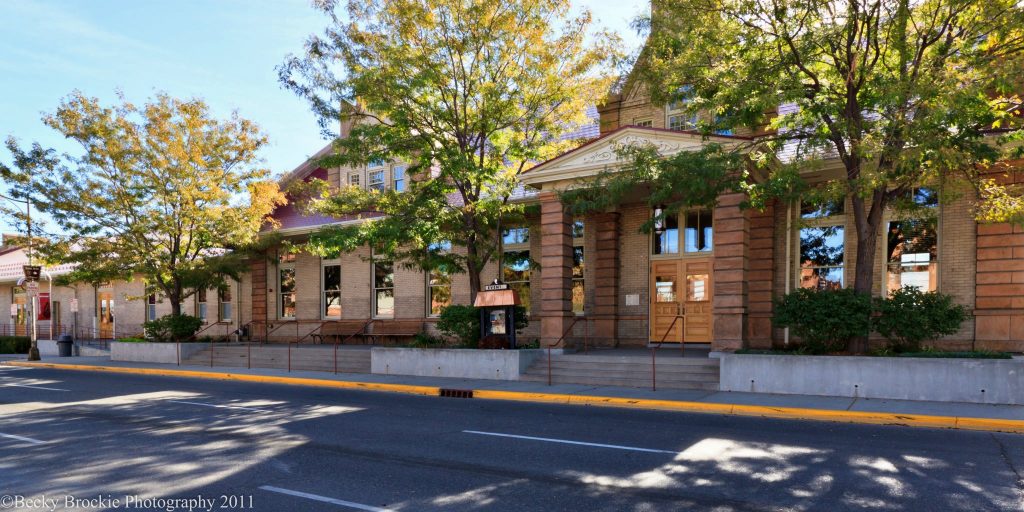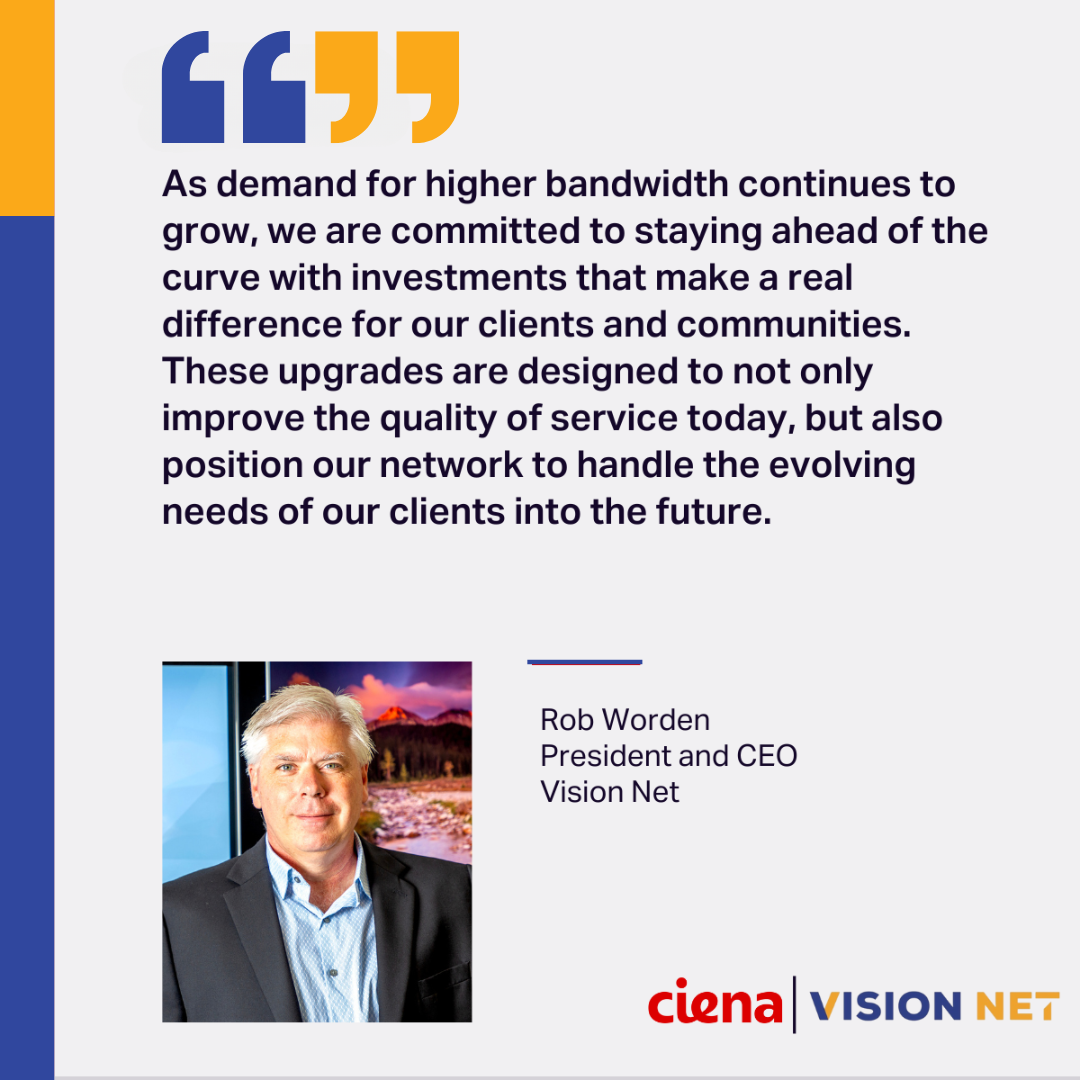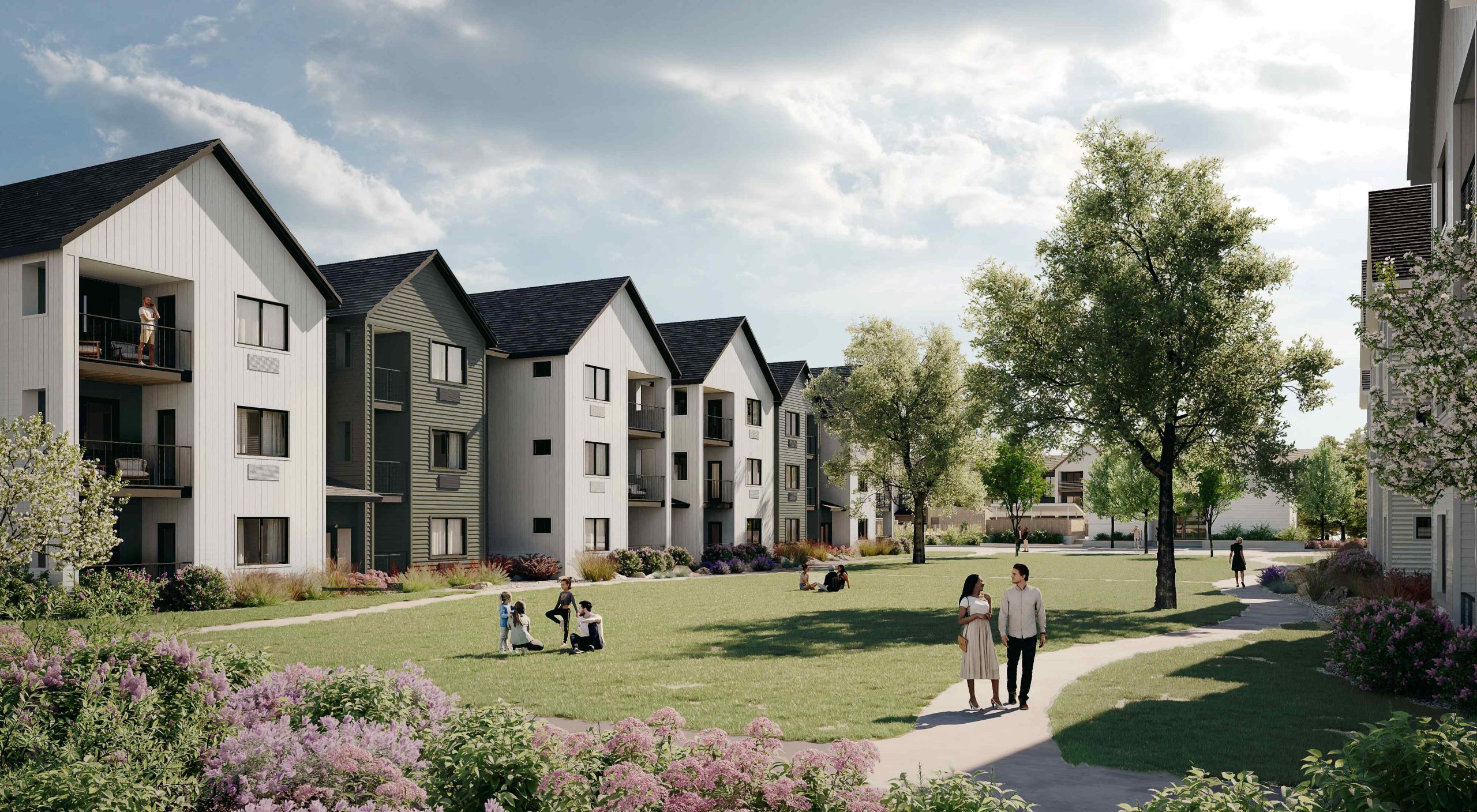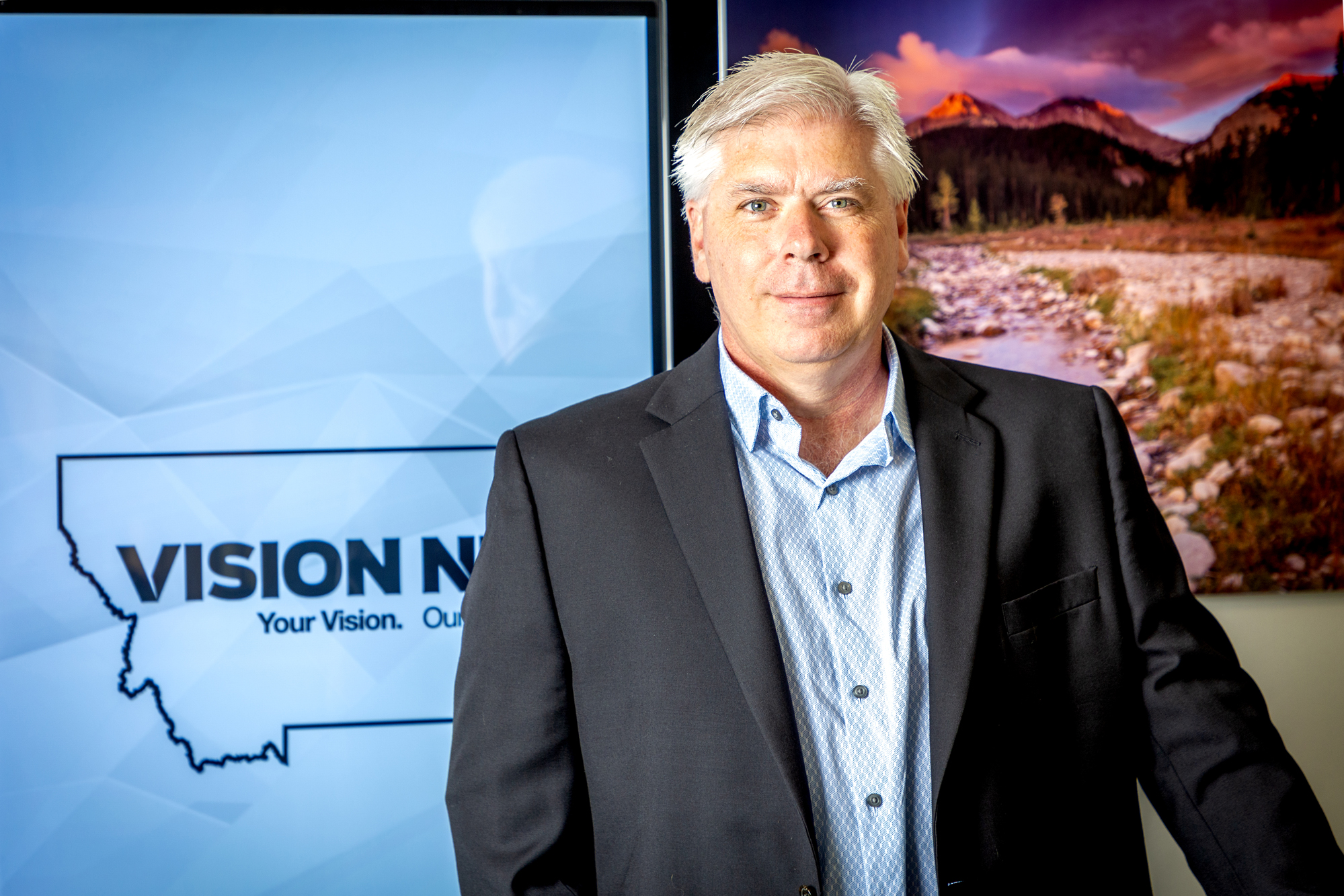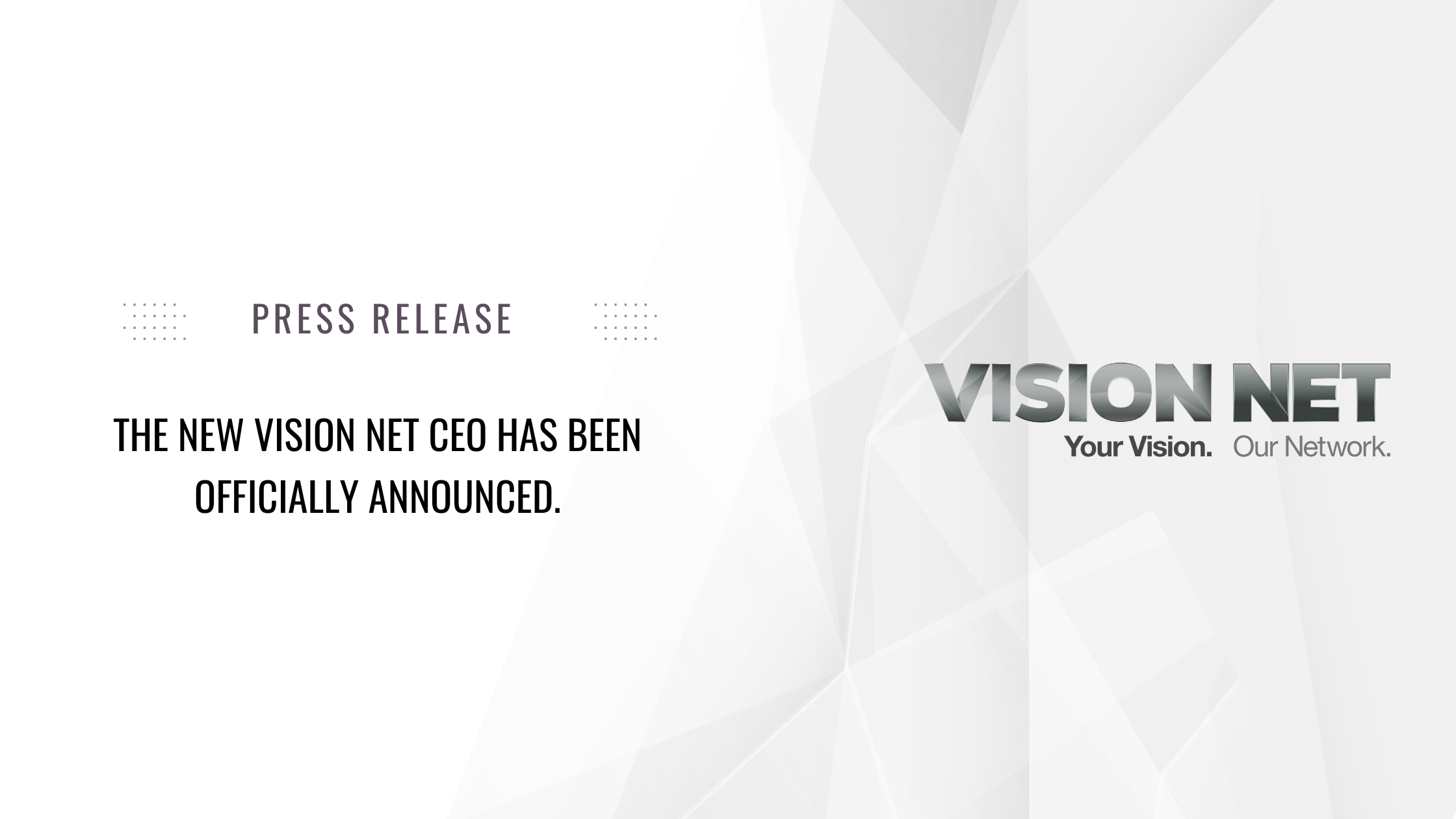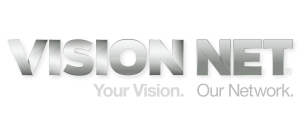How the Billings Depot Leveraged its Digital Customer Experience to Thrive During the Pandemic
What does a special events venue do when a global pandemic threatens its business model by limiting or outright canceling public gatherings? In the case of the Billings Depot, it quickly adapts to provide a new and remote event option. Situated in downtown Billings, the Billings Depot is one of the city’s most popular settings for weddings, business meetings and community events. Originally built in 1909 as a train station serving three different railroads, the Depot has hosted a notable roster of guests including presidents, governors, Hollywood celebrities and other dignitaries. Further cementing its impressive reputation, the Depot is listed on the National Register of Historic Places.
The Challenge | Finding a technology solution that would deliver a seamless customer experience both online and safely in-person while adhering to the strict design codes of the National Register of Historic Places.
Event businesses were thrown a curveball in early 2020 when the Covid-19 pandemic first set in. As the nation implemented widespread shutdowns, there was tremendous impact on facilities such as the Depot. Not only were large gatherings banned but travel was also curtailed, and many previously scheduled events (graduation ceremonies and summer weddings) faced outright cancellation.
Billings Depot Executive Director Michelle Williams and Business Manager Marci Raihl knew their business model had to change and used the opportunity to invest in new technology and upgrades throughout the campus. They moved quickly to create an online, streaming event component that would enable the facility to meet strict local, state and CDC guidelines while also enabling guests to participate remotely.
After much research and discussion, the Depot team decided to invest in a full-service video streaming solution. While this may sound straightforward, it was anything but. As a historic building, the Depot abides by strict building and design challenges for its many technology components, such as sound, lighting, video and IT. Each of these associated tech providers needed to find the right solution in light of the new challenges. And as Raihl noted, it was critical for each of the teams involved to coordinate with one another.
“An integrated approach was key to pulling this off,” Raihl said. “Scheduling had to consider what each of the other teams was doing on any given day and time and we often had other people visiting as they considered us for a future event.”
Further compounding the challenge was a hyper-compressed timeline: The Depot had numerous weddings scheduled for the summer of 2020, as well as a rapidly-approaching graduation ceremony planned for the Billings Clinic. Time was of the essence. And while Raihl and Williams were eager to get estimates from numerous IT providers, they quickly learned that not all were eager to embrace such a complex project.
“Given our historic building status and the strict building codes that accompany it, along with our outdated technology infrastructure and those looming events,” Williams said, “most companies were quick to say no.”
Vision Net was one company who embraced the opportunity, viewing it as a challenge that could and should be solved.
The Solution | Update the technology infrastructure and install new Wi-Fi while abiding by the historic building’s many structural and aesthetic requirements.
Vision Net Business Development Manager Roy Alexander and engineer Darrell Ogg oversaw the project. They drew on their training, tools and certifications to produce a functional design while respecting the history of the structure of the building.
A key aspect of the new video solution involved updating the technology infrastructure to include greater bandwidth capacity and higher speeds in order to stream special events live online. In any other building, a tech team might simply drill into the ceiling to hang the new Wi-Fi access points. Given the Depot’s Historic Places status however, this wasn’t possible. As Ogg put it: “The building codes limited where and how we could solve this problem. Because of this, we needed to be creative.”
More specifically, because the team couldn’t drill into the historic plaster ceiling as they normally would, they opted instead to to take advantage of existing ceiling access points. Unfortunately, upon doing this, they were greeted by a large wooden beam blocking their way. “It was definitely two steps forward, one step back many days,” Ogg said, “but we always trusted that we’d find our way.” Ultimately, the team installed the new Wi-Fi solution in the ceiling about a foot below the beam.
“This was an opportunity for our team to exercise their creative and technical acumen,” Alexander said. He further explained that installing 21st century wireless technology in an early 1900s building posed numerous of challenges, from maintaining the aesthetic to overseeing signal propagation through plaster lathe.
Yet, the sales engineers and installation technicians met the challenges head-on. They not only fabricated a custom mount for the Wi-Fi access point, they obtained a sample of the paint color used in the building and then matched it for the custom mount.
“Having an installation technician like Darrell with the experience, training and creativity necessary made this a fun and rewarding opportunity for the entire company,” Alexander said.
The Billings Depot project included a much-needed upgrade to the existing phone system. The Billings Depot team needed to be able to stay in communication with clients even if they weren’t in the building, something not uncommon during the pandemic. As Alexander noted, “the Billings Depot team needed a seamless communications experience that moved across all their communications tools with one identity, the Billings Depot.
Vision Net opted to leverage its phone communications solution, Vision Voice, with a hosted VoIP platform and Unified Communications application to ensure that the Billings Depot team could stay in contact with each other and with customers through voice, video, chat and content sharing, thus positioning themselves to continue delivering a high level of customer service.

The Outcome | Usher in modern technology to a 1900s building to maintain safe distance and introduce virtual access for an exceptional customer experience.
Bringing a historic building’s aging communications infrastructure into the 21st century initially seemed impossible. Yet, Vision Net’s sales and engineering teams met the challenge with determination and creative problem-solving.
Ogg noted that the Billings Depot project perfectly captured what many in the IT and telecommunications industry have experienced this past year. “Covid-19 has shown us time and again that what people thought was working, and perhaps was working pre-pandemic, wasn’t enough to meet the new virtual and remote requirements for delivering on the customer experience.”
The Billings Depot met its pending deadlines. The Billings Clinic graduation event was the first to launch, leveraging the new video streaming technology. According to Raihl, the event went off without a hitch, with Vision Net’s expertise and guidance playing a central role.
“The Vision Net team was extremely easy to work with, from Account Executive Christina Halverson’s project management skills to the tech team scheduling work around our brides and other event participants and providers,” she said. “It was a pretty seamless experience through a rather complicated process.”
Williams highlighted the partnership with Vision Net as a key differentiator. “So often, companies act as order-takers with no real thought to other or perhaps better solutions,” she said. “Vision Net took the time to truly understand what our end goal was and then gave us different options, ultimately guiding us to the best solution. And, they saved us money in doing so which is incredibly valuable as a nonprofit.”
Looking to the future, the Billings Depot team imagines a blend of in-person and virtual events. “The pandemic shifted how and where people interact,” said Raihl. “Our upgraded technology infrastructure paired with a streaming option means we’re able to deliver a seamless user experience, no matter if it’s fully in-person or a hybrid model that includes remote users.”


